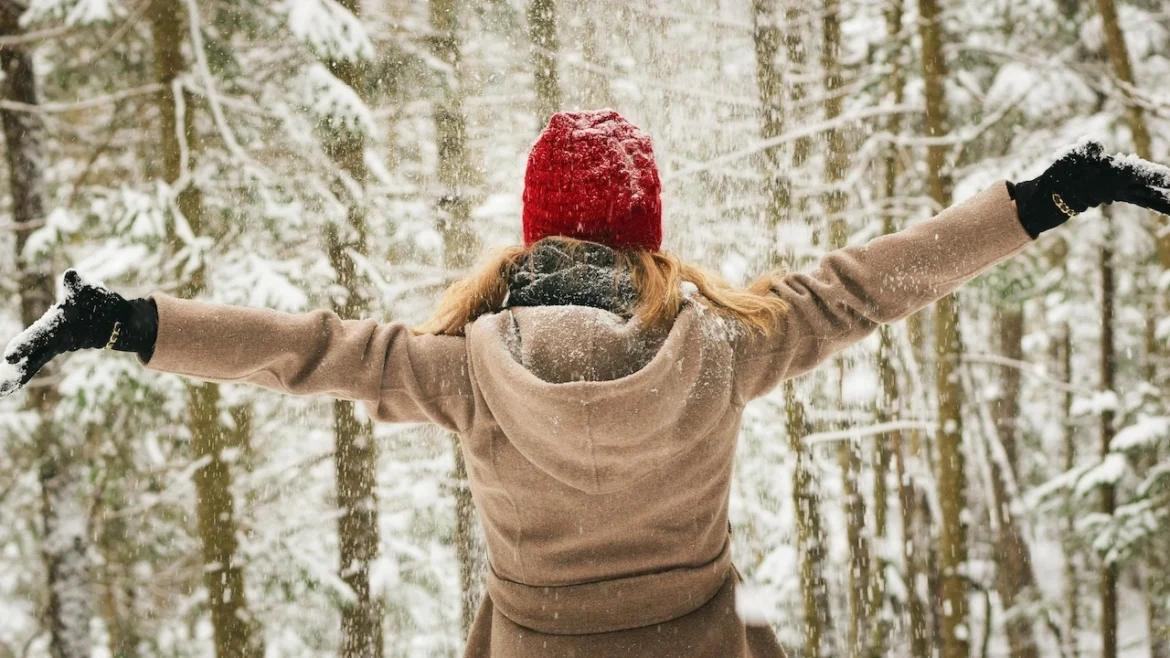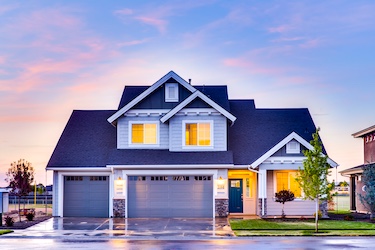Snow itself doesn’t cause mold directly, but the conditions that follow it create an environment conducive to mold growth.
After all, what happens when snow melts?
And where does all that water end up?
Mold thrives in damp, humid environments.
It needs three key elements to grow: Moisture, warmth, and organic material.
Snow is frozen water, but when it melts, it can introduce moisture into your home, creating the perfect breeding ground for mold.
3 Ways Snow Could Contribute to Mold
- Melting Snow: When snow melts, it can lead to water pooling around your foundation, in crawl spaces, or even inside your house if there are leaks or bad insulation installs. The excess moisture, or outright water puddles, could trigger mold growth.
- Humidity Levels: Snowy weather often comes with increased humidity levels. If your home isn’t properly ventilated, the moisture in the air can condense, leading to damp surfaces that mold loves.
- Condensation: If snow accumulates on roofs or windows, it can lead to condensation when temperatures fluctuate. This moisture can seep into walls and ceilings, providing a suitable environment for mold.
Preventing Mold After Unexpected Snowfall
To protect your home from mold after an unusual snowfall, consider the following preventive measures:
- Inspect Your Home: After a snowfall, check for any signs of water intrusion. Look for leaks, damp spots, or condensation on windows and walls. Address any issues immediately to prevent mold growth.
- Clear Snow Accumulation: If snow accumulates on your roof or near your home’s foundation, remove it carefully. This will help prevent melting snow from pooling around your home.
- Improve Ventilation: Ensure your home is well-ventilated. Use exhaust fans in bathrooms and kitchens, and consider using a dehumidifier to help control indoor humidity levels.
- Insulate Properly: Proper insulation can help prevent condensation. Make sure attics, walls, and crawl spaces are adequately insulated to keep surfaces warm and reduce the chance of condensation forming.
- Monitor Indoor Humidity: Keep indoor humidity levels between 30-50%. You can use a hygrometer to monitor humidity levels and adjust as necessary.
- Regular Maintenance: Regularly clean and maintain gutters and downspouts to ensure proper drainage. This will help prevent water from pooling around your home’s foundation.
- Use Mold-Resistant Products: When renovating or building, consider using mold-resistant paints and materials, especially in areas prone to moisture.
- Act Quickly: If you do discover mold, it’s crucial to act quickly. Small patches can often be cleaned with soap and water, but larger infestations may require professional mold remediation services.
Summary
While snow itself doesn’t cause mold, the conditions that follow can create a perfect storm for mold growth.
Taking proactive steps to manage moisture and improve ventilation in your home can significantly reduce the risk of mold and mildew after unexpected snow.
If you ever find yourself facing a mold problem, Mold Solutions is here to help with expert remediation services tailored to your needs.







